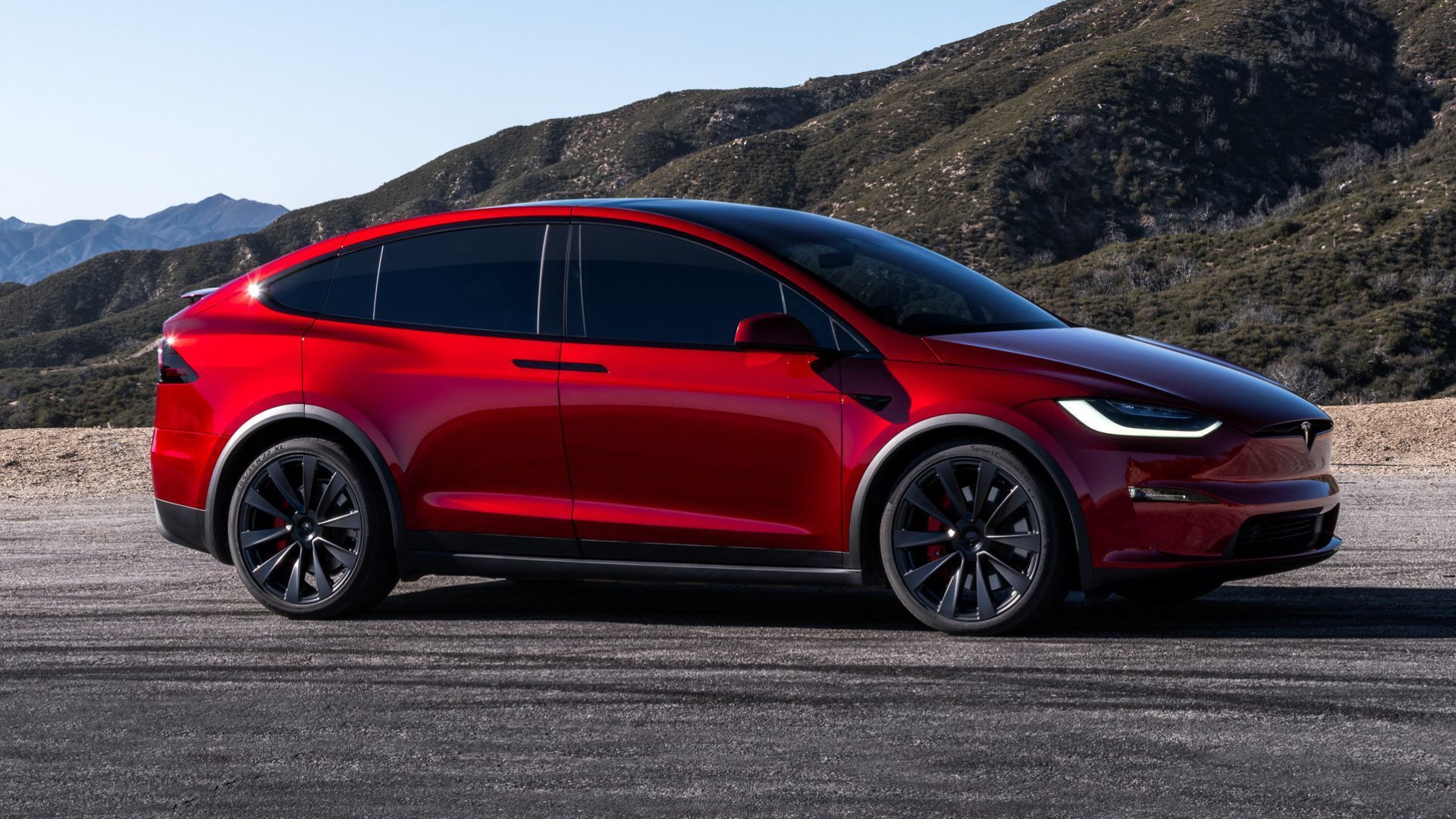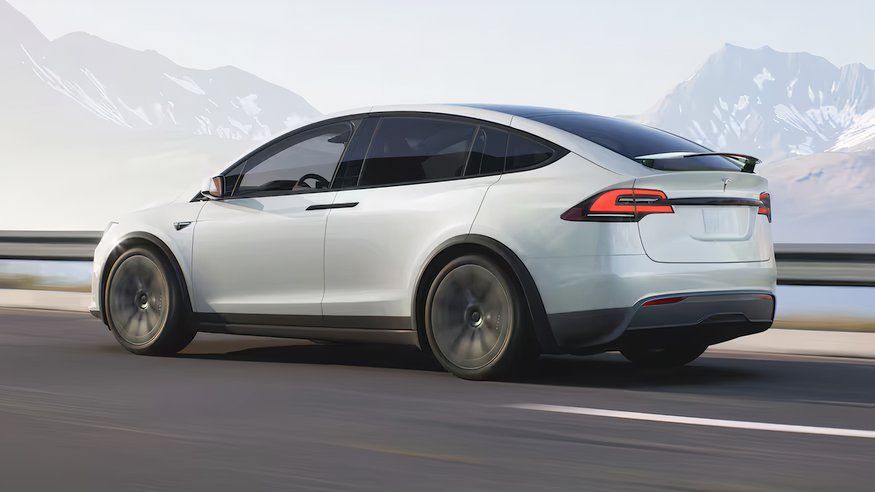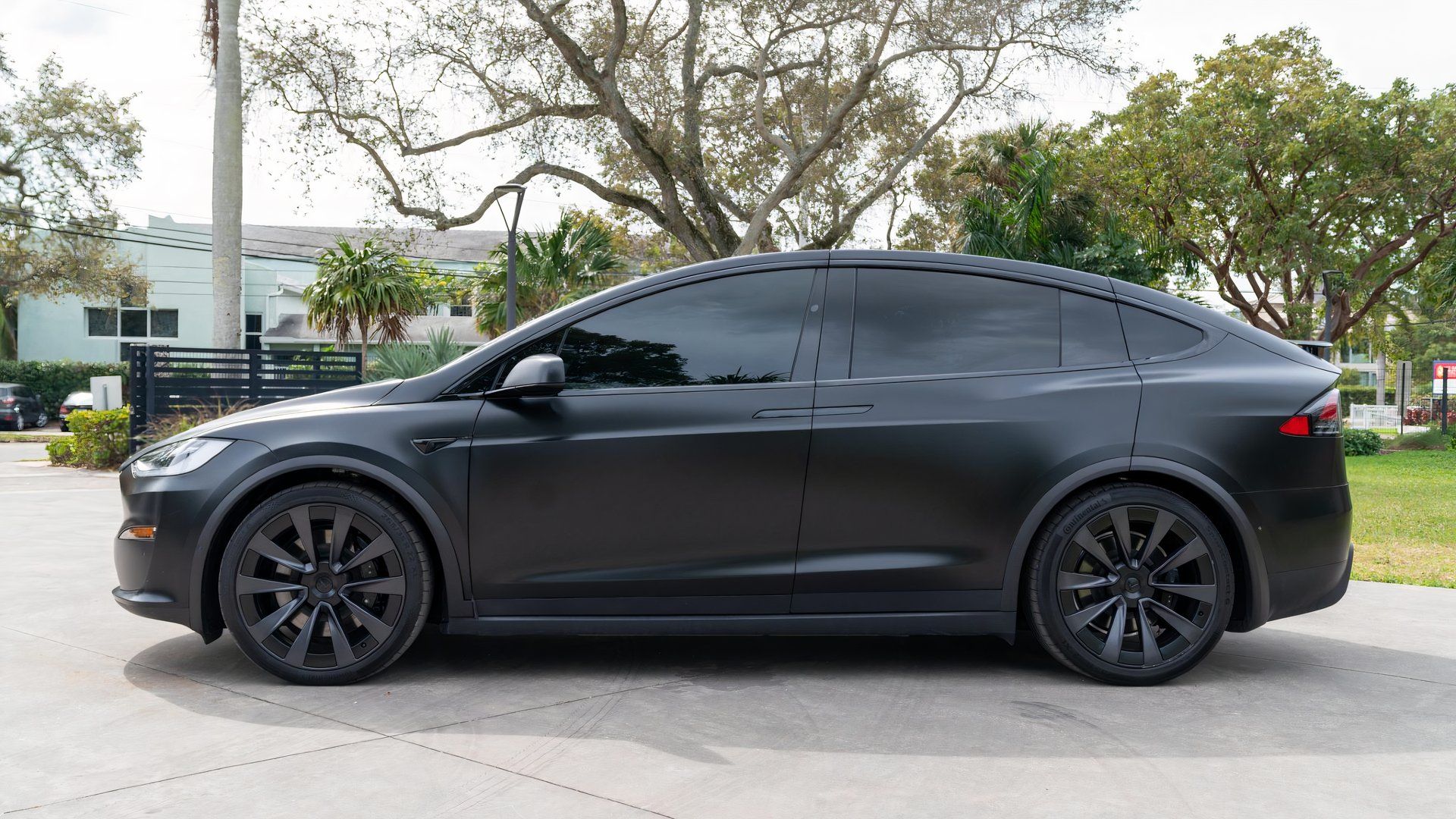The Tesla Model X is one of Tesla’s oldest EV options and a niche volume seller, as it caters to those who want the dynamics and luxury of the Model S, but with improved practicality. The large electrified SUV represents one of the best combinations of versatility, performance, and efficiency in its class, with the bonus of offering impressive EPA-estimated range figures. The Model X is available in the U.S. in two derivatives, namely the
Dual Motor and Plaid
. Tesla equips both drivetrains with the same battery pack for the sake of creating a consistent range offering.
If you plan on owning a Model X for a long-term period, you’re eventually going to have to replace the battery pack when it reaches the end of its lifespan. Understanding the Tesla Model X’s battery replacement cost is an easy task, thanks to it only being available with one battery option. The Model X isn’t the most popular choice in Tesla‘s current catalog because it is a less accessible electric SUV that offers impressive range, efficiency, and performance abilities. If EV ownership is unfamiliar territory to you, you’ll be glad to learn that understanding the costs involved with replacing the battery is a very easy and straightforward process, but it does come at a substantial price.
In order to give you the most up-to-date and accurate information possible, the data used to compile this article was sourced from Tesla’s websites and other authoritative sources, including the EPA and J.D. Power.
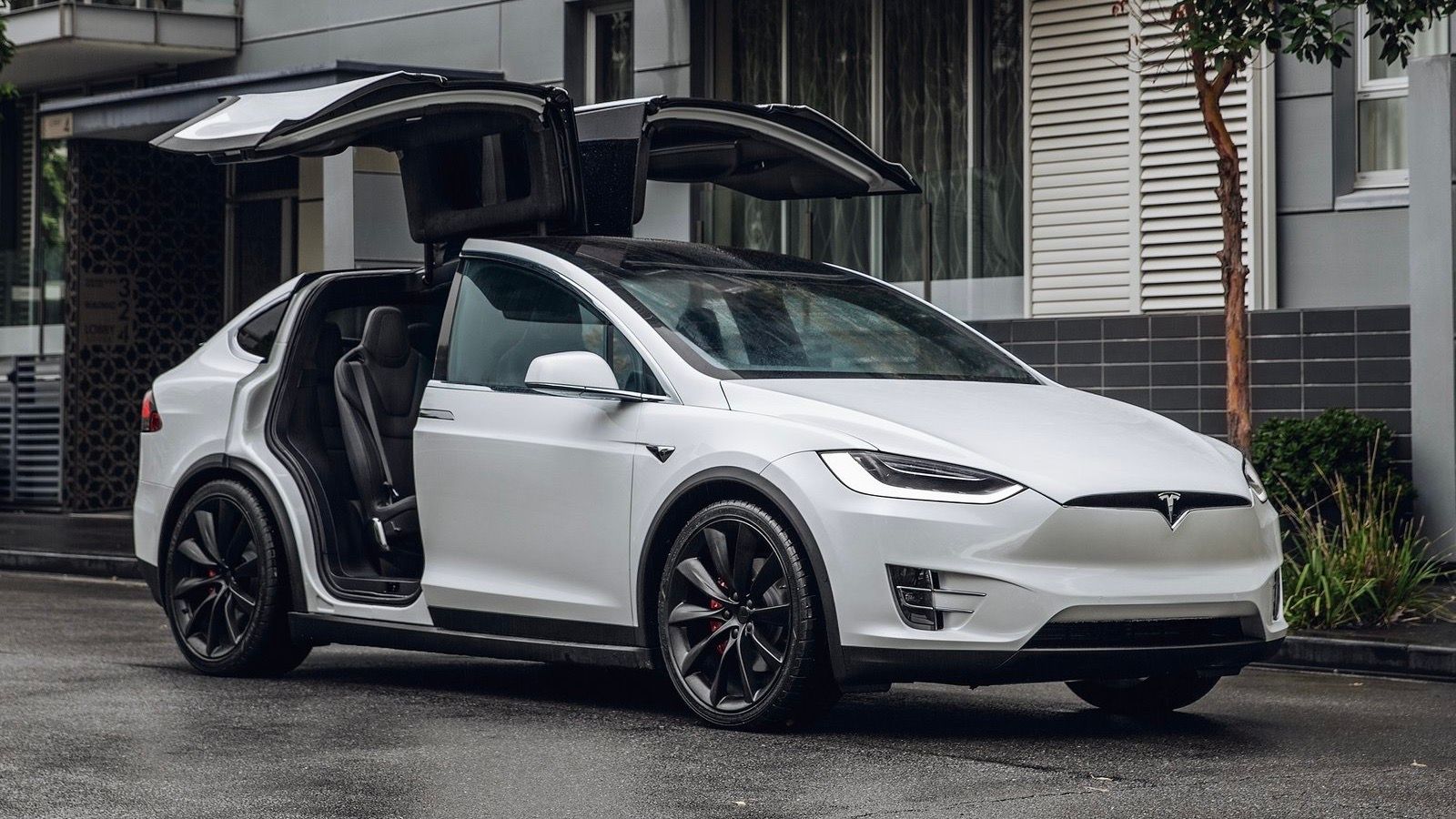
Related
10 Alternatives To The Tesla Model X
The Tesla Model X won the world over as the go-to electric SUV, but while Tesla seems to have rested on its laurels, the competition has caught up.
How Much A New Tesla Model X Battery Costs
If you are looking at buying a
Tesla Model X
for long-term ownership, you must consider the costs involved when you inevitably have to replace the battery pack. Should your
Tesla Model X fall outside this warranty
, you can expect to spend anywhere between $12,000 and $20,000 to have it replaced. This depends on the battery’s capacity and how severe the degradation is, as the brand will replace select faulty modules rather than the entire battery pack. Tesla battery packs can be replaced at independent workshops at a cheaper rate, but it is recommended to go to the manufacturer if you want the best results and the brand’s stamp of approval in your service book.
We have been able to find some refurbished replacement examples from third-party suppliers for older models. GreenTec Auto lists the 2015 to 2019 Model X’s 100 kWh replacement battery pack for $17,000. The 75 kWh pack will only cost $9,999. If you just want to purchase a single module, you can get one from EV West for as little as $599. You’ll need just about 10 of these to replace all the modules in the Model X’s battery pack.
The suppliers add that the cost excludes installation but includes a 48 month or 50,000-mile warranty coverage. It’s not quite clear what the labor cost will be, as this varies depending on whether you take it to an accredited or independent workshop. Manufacturers replace only affected battery pack modules to save costs and reduce waste, as individual modules can be swapped without compromising the entire system. Advanced diagnostics identify faulty modules, ensuring the rest of the pack remains functional and efficient.

Discussion
Is The Tesla Model X Boring? Why Won’t People Buy It?
Tesla makes a few super-popular models, and then there are a few that nobody wants to pay attention to. One example of a lesser-loved vehicle the super-brand produces is the Model X, which retails for $79,990 and offers things like up to 104 city / 96 highway MPGe, 326 to 335 miles of range per change, and then two distinct trims (Base and Plaid) to select from.
However, what else makes Model X shine? I can’t think of anything!! Do you have an idea?
Understanding The Tesla Model X’s Single Battery Option
Both the base Tesla Model X and Plaid feature the brand’s 98 kWh lithium-ion battery pack. On the efficiency front, the Model X isn’t exactly the most frugal model in the brand’s catalog, but it still yields impressive results. The base trim is the most efficient model, with a 33 kWh per 100 miles EPA-estimated combined energy consumption. The Plaid on 20-inch wheels returns 34 kWh per 100 miles, while the larger 22-inch wheels worsen this to 37 kWh per 100 miles.
Tesla Model X Performance Specifications
| Model X | Model X Plaid | |
| Powertrain | Dual AC permanent synchronous motor | Triple AC permanent synchronous motor |
| Horsepower | 670 HP | 1,020 HP |
| Torque | 557 LB-FT | 752 LB-FT |
| Transmission | Single-Speed Automatic | Single-Speed Automatic |
| Battery | 98 kWh Net | 98 kWh Net |
| Range | 335 Miles | 326 Miles |
| Fuel Economy | 102 MPGe | 91-98 MPGe |
| 0-60 MPH | 3.8 Seconds | 2.5 Seconds (rollout) |
| Top Speed | 149 MPH | 149 MPH |
The Tesla Model X‘s primary focus is on pure and raw performance that rivals modern two-seater sports cars. The Model X mimics the Model S’s drivetrain options with dual and triple motor configurations. The entry point produces 670 horsepower and 557 pound-feet to all wheels, resulting in a claimed 3.8-second 0-60 MPH time. Real-world results are only available for the older 532-horsepower example, which achieved a 3.3-second 0-60 MPH acceleration time.

Add TopSpeed to your Google News feed.
The
Plaid seriously turns up the heat
by adding a third electric motor, increasing power to 1,020 horsepower and 752 pound-feet. The end result is a staggering 2.5-second 0-60 MPH and a 9.9-second quarter-mile claimed time. Interestingly, there aren’t many examples of the Model X Plaid being tested by independent reviewers, but based on the Model S Plaid’s performance, we can theorize that Tesla’s claims are accurate. Both Model X derivatives have a 149 MPH top speed. With a drag coefficient of 0.24
, it’s also the most aerodynamic SUV currently being sold in the new car market.
2:14
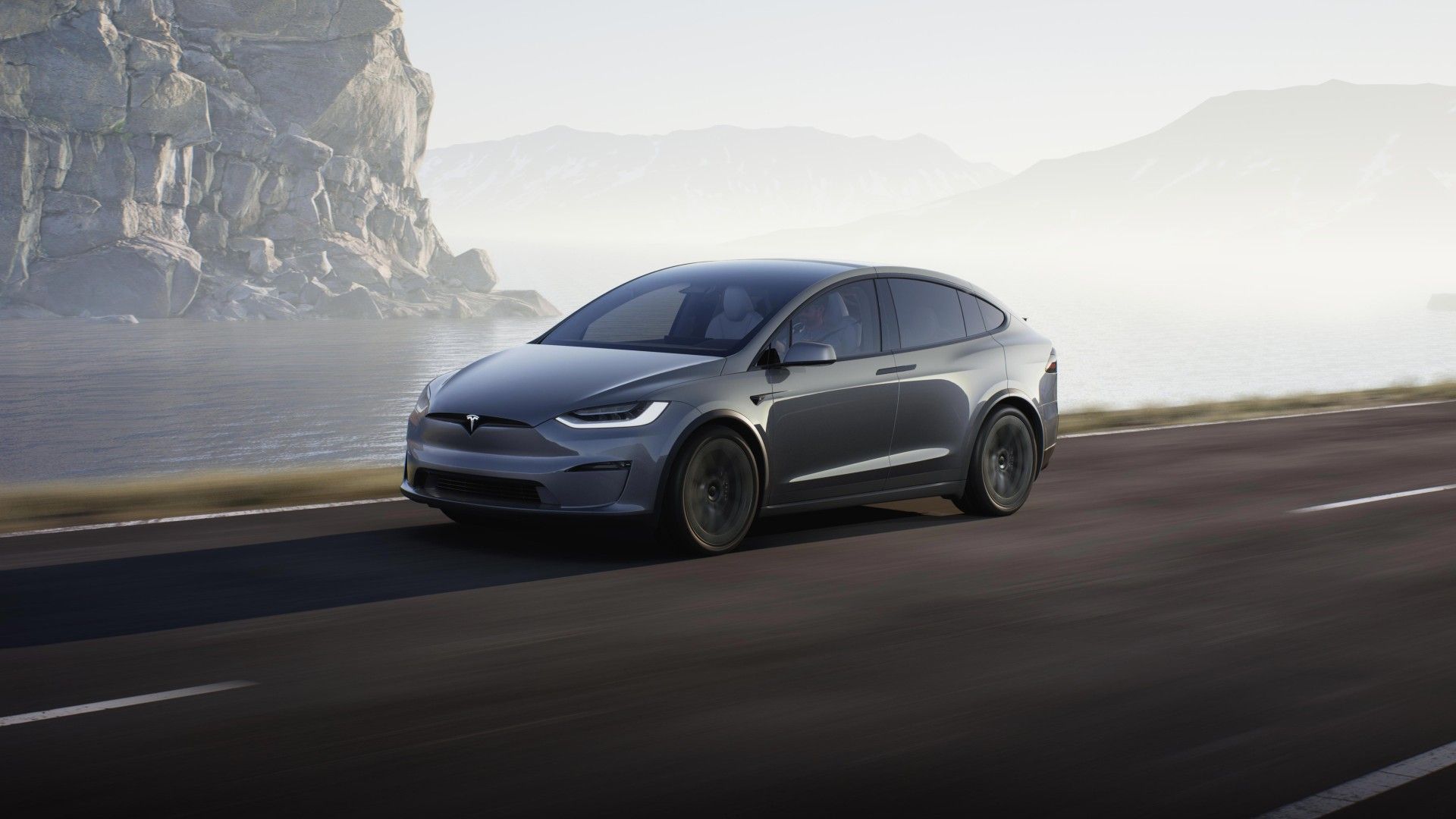
Related
The Tesla Model X Depreciates After 5 Years By This Much
The Tesla Model X holds its value a lot better compared to some of its rivals, still you should expect to get a lot less than you paid for it.
How Long A New Tesla Model X Battery Lasts
Electric car batteries generally have a
lifespan of between eight and 10 years
. Elon Musk says the brand’s batteries can last up to 500,000 miles, but current Model S and Model X users say 200,000 miles is a more realistic figure. Tesla
covers all battery defects
with its eight-year or 150,000-mile battery warranty, and will even replace the battery if it loses 70 percent of its charge within this time.
- Tesla and Panasonic have collaborated since 2010, with Panasonic supplying Tesla with battery cells for its electric vehicles.
- Panasonic produces Tesla’s lithium-ion batteries, which are a critical component in powering Tesla’s cars.
- Their partnership led to the construction of the Gigafactory in Nevada, where Panasonic manufactures batteries specifically for Tesla.
- The companies extended their agreement multiple times, with Panasonic also supplying batteries for Tesla’s energy storage products like Powerwalls.
- Despite periodic tensions over production bottlenecks and pricing, the relationship has remained strong, contributing to Tesla’s ability to scale EV production.
- In recent years, Tesla has sought more battery suppliers, but Panasonic remains a key partner, especially in developing next-generation battery technology.
Proper maintenance, such as avoiding extreme charging habits or prolonged exposure to high temperatures, can help extend the battery’s lifespan. Battery degradation occurs gradually, and Tesla’s battery management system optimizes charging and discharging to preserve battery health.
2:25
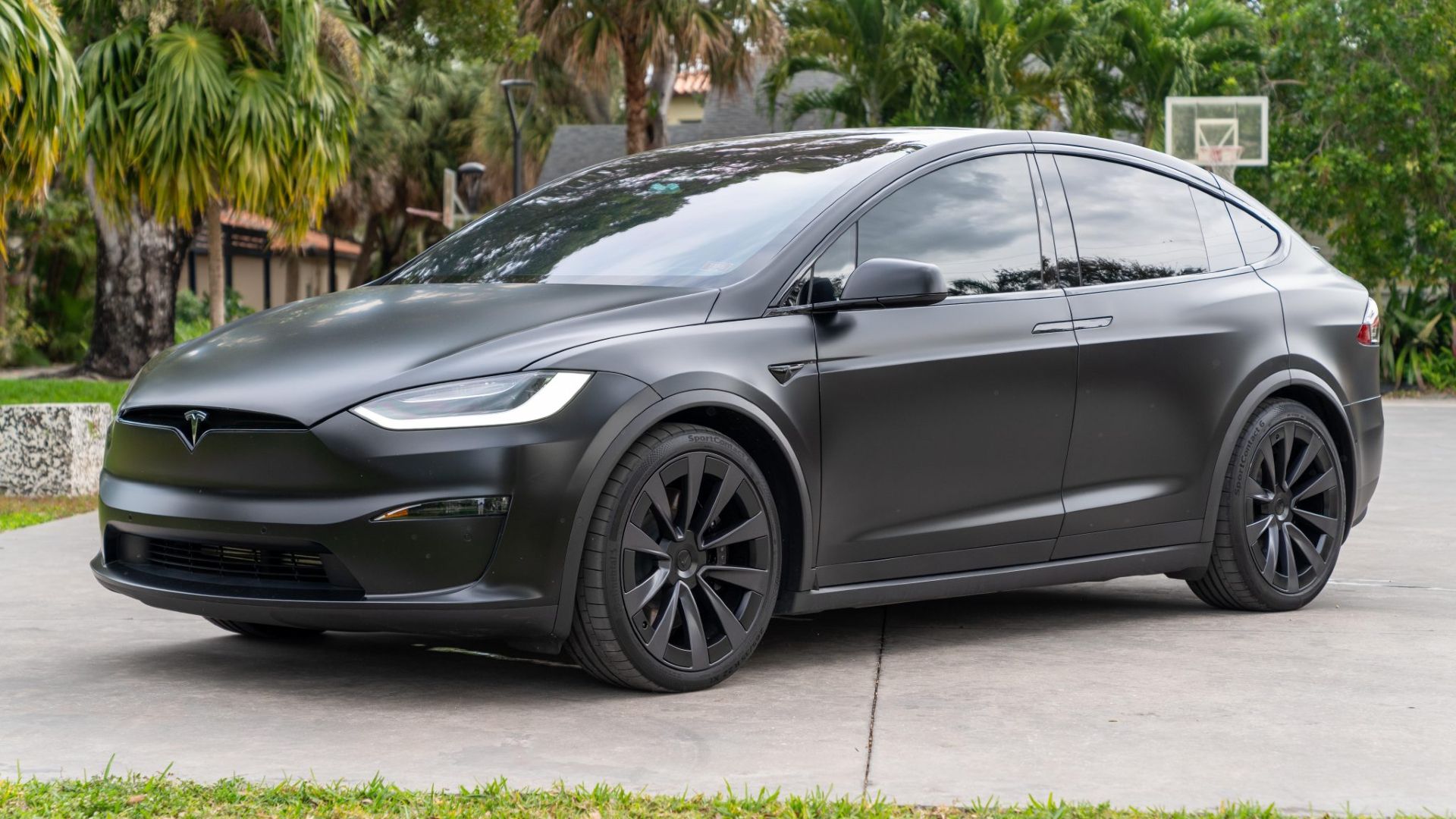
Related
The Most Value For Money Tesla Model X To Buy Today
With two variants to choose from and not a lot of optional extras, should you settle for the Dual Motor AWD or go for the obscenely powerful Plaid?
Tesla’s Comprehensive Battery Warranty
Tesla’s standard warranty package for the Model X includes a four-year or 50,000-mile basic warranty, 12-year and unlimited-mile corrosion warranty, a five-year or 60,000-mile restraint system coverage, and an eight-year or 150,000-mile warranty for all-electric drive systems. Tesla also guarantees that its battery will retain 70 percent of its charge during this period.
| Type | Length |
|---|---|
| Full Warranty | Four Months/50,000 Miles |
| Powertrain Warranty | Eight Years/150,000 Miles |
| Maintenance Warranty | 0 Months/0 Miles |
| Roadside Warranty | Four Months/50,000 Miles |
| Corrosion Warranty | 12 Years/150,000 Miles |
| Federal Emissions Performance | 24 Months/24,000 Miles |
| Federal Emissions Defect | 36 Months/36,000 Miles |
| Seat Belt And Airbags | 60 Months/60,000 Miles |
This
warranty ensures coverage for defects
in materials and workmanship related to the battery and drive unit. Tesla guarantees that during this period, the battery will maintain at least 70 percent of its original capacity. If the battery degrades below this level or fails due to a manufacturing defect, Tesla will either repair or replace the battery pack at no charge.
The warranty also includes labor costs for any necessary repairs, but it does not cover damage caused by misuse, accidents, intentional abuse, or non-Tesla modifications. If drivers fail to follow Tesla’s recommended charging guidelines or if the battery is damaged due to environmental factors like flooding, those issues fall outside the scope of coverage.
